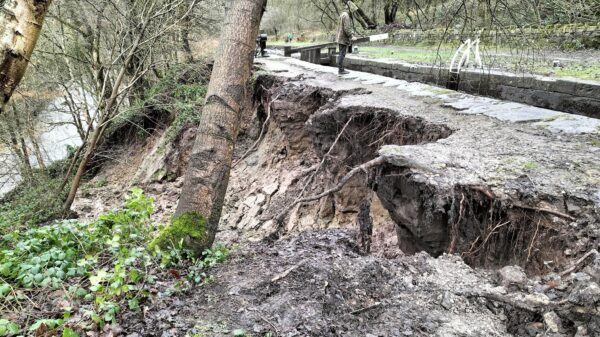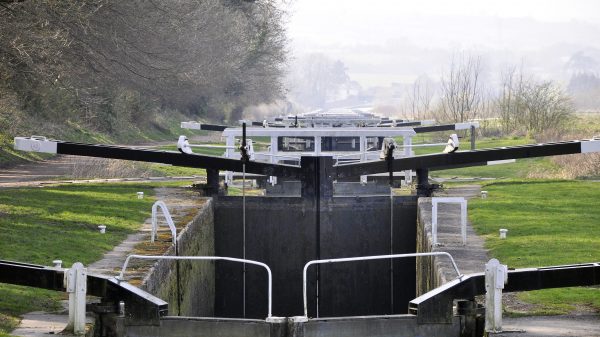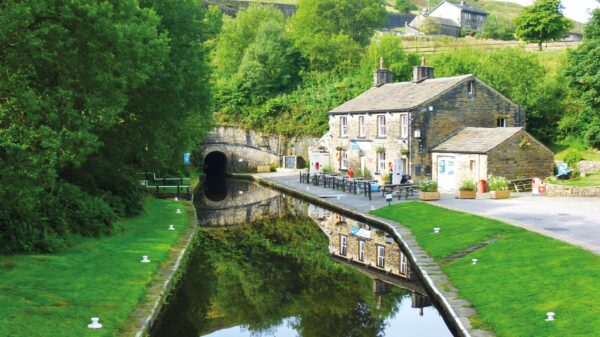From the Huddersfield Broad Canal to the Ashton Canal
This canal was built as an alternative to the Leeds and Liverpool Canal to form a through-route between Lancashire and Yorkshire. However, it was not a commercial success and was completely abandoned in 1944. Fortunately, it was retained as a water supply channel.
In 1948, a group of early IWA activists navigated the canal and took a boat through the Standedge Tunnel. Recently, a massive restoration project has been undertaken with funding from the Millennium Commission, English Partnerships and other sources and the canal was reopened in 2001.




